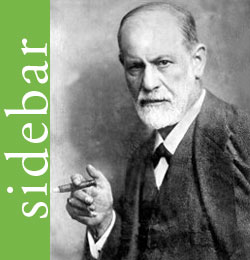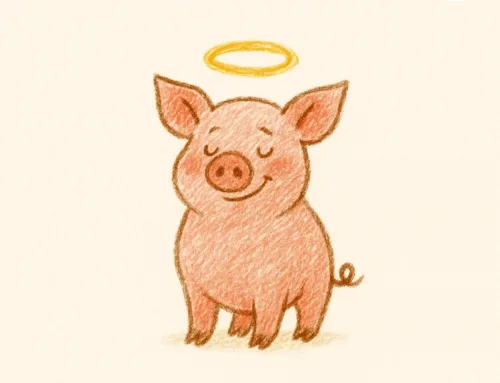Humour in marketing. No weapon in the marketers’ arsenal is as potentially powerful and so often misused.
At the most simplistic level, humour in marketing works like this: If an ad makes us smile, we like the ad and the brand too. I get the distinct impression that any brand advertiser in the Super Bowl never gets deeper than this level of thinking.
At the next level of complexity, it might work like this: Humour interrupts our thought process and makes us momentarily joyful. Joy disarms us, and allows us to receive other well-presented information about the brand, and remember it. When everything works, humour delivers brand awareness, positioning and liking.
Exactly because it’s so powerful, humour is very well researched. Fred Beard [1] has the rigorous academic approach to humour covered, at least in the North American context. Curiously, Sigmund Freud even weighed in on our topic area, in what some consider a ground-breaking piece of work from 1928. [2] Curious because this theorising had nothing to do with sex, and hence, its understandable obscurity (see sidebar, unless you want to stay on topic).
Humour is very culture-bound, gender-bound and age & time-bound. On the cultural aspect of humour: I’ve often joked that there are no stand-up comics in Germany. I stand-up corrected: the most popular is Michael Mittermeier. His countrymen clearly love his act. Take my word for it—his humour is lost on North American sensibilities. Even his bits on the Nazis. Conversely, the comedic genius of Robin Williams in his stand-up prime (1982 to 1986, by my calendar) is lost on Germans.
Humour is even personality-bound. Within the same culture, gender and age-range, people disagree on what’s funny and what’s not. In the marketing context, it’s tough for both clients and agency people to remember the target consumer’s sense of humour is the one that matters most. I think that using humour wisely in marketing requires more mutual trust between all the stakeholders in the creative development process than anything else they do together. And therein lies the real challenge, which is part of the reason for Marketing Wilderness.
Then there’s the delicate balancing act of making sure the humour doesn’t over-power the brand message or even the brand identification. This is where I think Dr Freud helps: wit is a more restrained, precise and strategically-compatible form of humour than the comic.
But despite all these challenges, smart marketers can wield the sword like a nuclear weapon in a conventional war: To wit: Apple’s Get-a-MAC campaign. The ad pundits like to say the campaign went on much too long, but how many modern campaigns can you name that could generate more than 65 TV/video executions over four years? The actors are both their respective iconic founders (Jobs & Gates) and the people who own the products. And the MAC guy is the person we all aspire to be. So right and so cleverly restrained in being so, he can’t help but be cool. This is big-brained wit, but you never mistake what the better brand is, and why. Check these amazing TV examples from mid-year one (2006).
To the comic (and defying the idea that humour is time-bound): Alka Seltzer’s 1969 classic “Spicy Meatball” TV spot. You laugh at the star, but there is real subtly and nuance in his performance. He’s a regular guy made to look buffoonish by circumstance, rather than actually being a buffoon. Everyone can empathise with his predicament, and I will argue you can’t not remember the brand here. And this was innovative in that it was long before the out-takes phenomenon took hold in movies or commercials.
Things can go horribly wrong with humour. For example, this 2005 TV commercial for GoodLife Fitness. Mercifully, its on-air lifespan was about that of a May Fly and thankfully, it didn’t kill the brand. I get that the intention here was parody, but it still hurts me to watch.
Dear readers, please do two things for me (us):
- If you watched the GoodLife spot, please watch the Old Spice commercial below before you leave. It’s the 2010 Cannes Film Lions Grand Prize winner, it integrated beautifully with social media, and as a nice little extra, it increased brand sales by double digits. Humour makes it work for men and women.
- If you know of better examples for the very best and the very worst in marketing humour (and don’t be bound by the television/video format), share with me/us.
I’ve gone on quite a long time this time, and I’m feeling like our relationship is becoming decidedly, uh, one-sided. Bueller?… anyone?
- Beard, Fred, “Humor in Advertising: A Review of the Research Literature, 1993-2003,” in Proceedings of the 9th International Conference on Corporate and Marketing Communications (CMC), ed. T. C. Melewar (2004).
- Freud, Sigmund,”Humour”, International Journal of Psychoanalysis, Volume 9 (1928).





